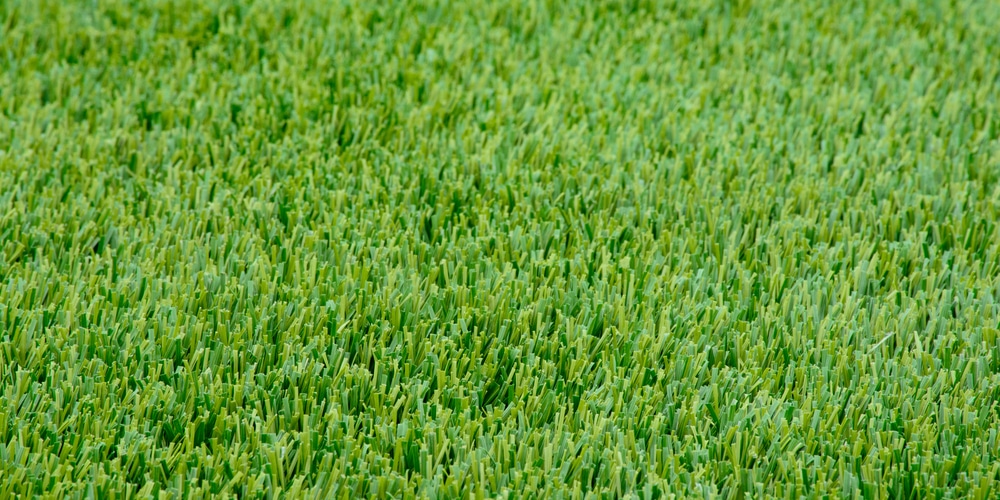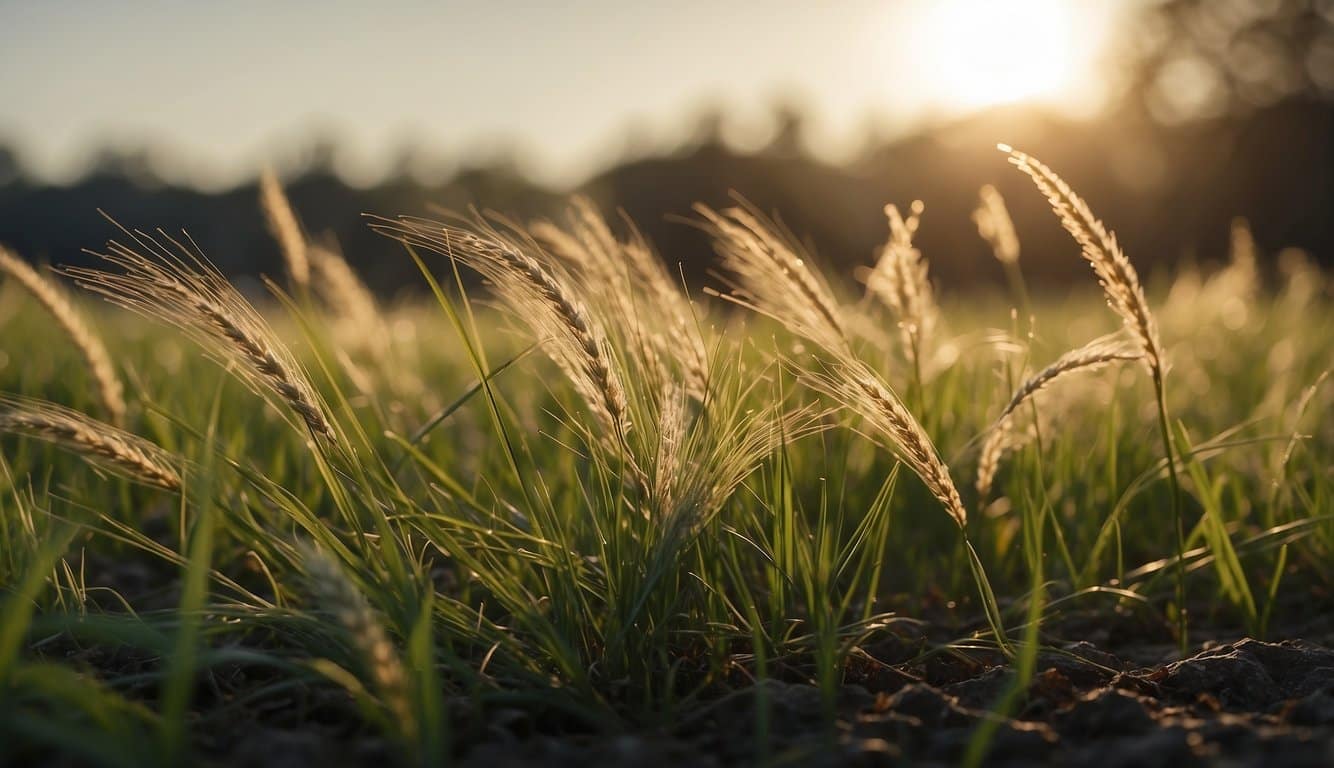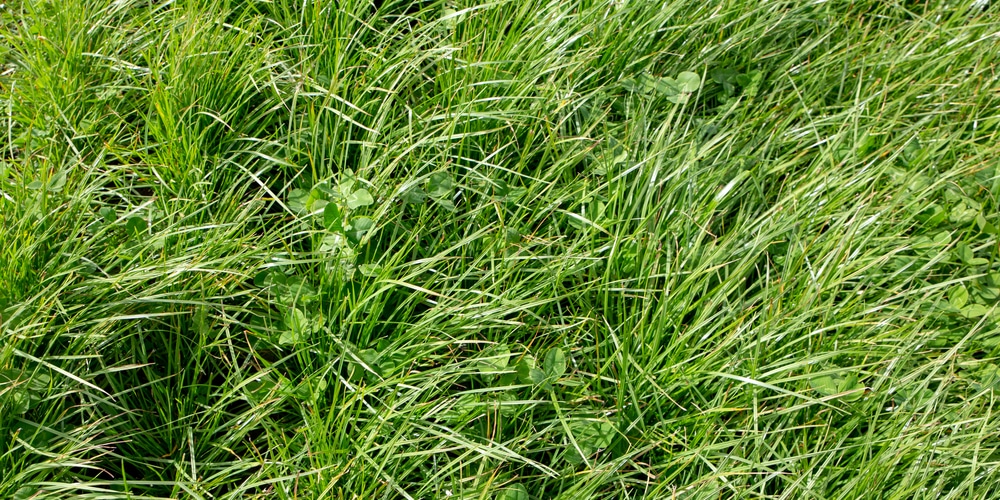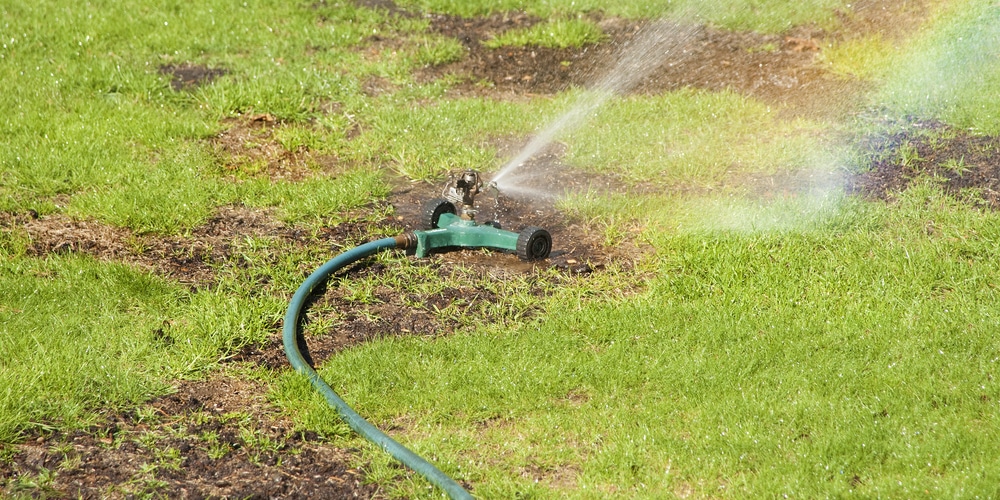| Region | Optimal Planting Time for Winter Rye Grass |
|---|---|
| Northern Regions | Early fall (September to October) |
| Southern Regions | Late fall (October to November) |
| Transitional Zones | Mid-fall (October) |
For those in northern regions, the best time to plant winter rye grass is in early fall, around September to October, allowing the grass to establish before the cold sets in. In southern regions, where winters are milder, planting can occur a bit later, from late October to November, to provide green cover through the winter.
In transitional zones, aim for mid-fall, around October, to ensure the grass benefits from cooler temperatures without the risk of frost damage. This timing allows winter rye grass to germinate and establish quickly, providing erosion control and maintaining a green lawn throughout the colder months.
Rye Grass: 101
Rye grass, specifically winter rye, offers a lush, green groundcover during the cooler months. Its ability to thrive in cold conditions makes it a popular choice for overseeding lawns, especially in temperate climates.
Growth Habits:
- Cool-season grass: It germinates and grows well in lower temperatures.
- Fast germination: Winter rye grass sprouts quickly, often within a week.
- Temporary: It is annual, dying off as warmer temperatures arrive.
- Soil protection: Prevents soil erosion during winter.
- Weed deterrence: Establishes rapidly, outcompeting many weed species.
- Lawn enhancement: Can improve soil structure when used as a green manure in the spring.
Types:
- Annual ryegrass: Lives only for one growing season.
- Perennial ryegrass: Regrows for multiple seasons but is less cold-tolerant than the annual variety.
When deciding to plant winter rye grass, consider that the prime planting window differs by climate zone. Typically, planting occurs in the late summer to early fall, providing the grass ample time to establish before cold weather sets in. However, the exact timing can vary slightly by region:
- Warmer zones (Zone 6 and higher): Plant in late fall.
- Colder zones: Plant in late summer to late September.
Winter rye grass requires well-prepared soil, free from weeds and debris. While it generally requires minimal fertilization, a starter fertilizer can help establish a newly seeded lawn. Regular mowing will keep it tidy and promote even growth across the lawn.
Optimal Planting Times
When selecting the right time to plant winter rye grass, gardeners should consider both geographic location and seasonal climate patterns. For the best establishment and growth, timing is a decisive factor. Below is a guide tailored to various climate zones:
- August – October: Ideal time to sow winter rye seed.
- Planting in late fall promotes optimal growth.
Colder Climates:
- Late September: Recommended planting period for hardy growth through winter.
Soil Conditions:
- pH Levels: Winter rye grows best in soil with a pH of 5.0 to 7.0.
- Versatile to a range of 4.5 to 8.0 pH, making it adaptable to various soil types.
Seeding Tips:
- Near First Frost: Sow seeds close to the first light frost for effective germination.
- Seeding Rate: Use a higher seeding rate for adequate groundcover and protection against winter soil erosion.
Table for Seeding Rates
| Condition | Seeding Rate |
|---|---|
| Light frost forecasted | High |
| Clear, weed-free soil | Normal |
Winter rye, being a cool-season grass, thrives in lower temperatures and is an excellent choice for winter growth. Gardeners should ensure the planting area is clear of weeds and plant debris prior to sowing the seeds. Proper timing combined with the right soil preparation will result in a lush, green cover throughout the colder months.
Site Preparation and Soil Conditions
Before sowing winter rye grass, gardeners must ensure the site is well-prepared to foster optimal growth conditions. Initial soil testing is a pivotal step, revealing pH levels and nutrient composition. Ideal pH levels for winter rye grass range from 5.0 to 7.0, with an acceptable range extending from 4.5 to 8.0. Amendments may be necessary based on test results.
Site preparation involves several critical steps:
- Weed and Debris Clearance: Clearing the area of weeds and plant debris is essential for a clean seedbed.
- Soil Loosening: Loosen the soil to improve aeration and water penetration. A tiller can be used for larger areas.
- Smoothing: Rake the garden smooth, ensuring an even surface for uniform seed germination and coverage.
- Nutrient Adjustment (if needed): Based on the soil test, apply the required fertilizers or amendments to reach the desired nutrient balance.
Seeding: Once the site is prepared, broadcast the winter rye grass seeds at a high seeding rate, particularly if the purpose is to establish a cover crop for winter soil erosion control. A general recommendation is 2 pounds per 1,000 square feet.
Moisture Management: Adequate watering post-seeding ensures proper seed contact with the soil and facilitates germination. Maintain consistent moisture until the seeds have fully germinated.
Sowing Techniques
Proper sowing techniques for winter ryegrass ensure optimal germination and a uniform lawn. Selecting the right method and following precise steps are essential for successful grass establishment.
Broadcasting Seed
When broadcasting seed, one uniformly scatters seeds over the prepared soil. This method is simple and cost-effective, requiring less specialized equipment.
- Preparation: The soil should be clear of weeds and plant debris to promote seed-to-soil contact.
- Technique: Use a handheld or push broadcast spreader for even distribution.
- Rate: Aim to apply about 10 pounds of seed per 1,000 square feet.
- Post Sowing: Lightly rake the area to cover seeds with a thin layer of soil. This encourages better germination and anchorage.
Drill Seeding
Drill seeding is a method where seeds are planted in rows using a seed drill, which places them at the correct depth and spacing.
- Equipment: A seed drill allows accurate placement and depth control.
- Depth: Seeds should be sown at a depth of 1/4 to 1/2 inch.
- Benefits: This technique reduces waste and typically results in better seed germination due to consistent seed placement.
Post-Planting Care
Following the successful planting of winter rye grass, gardeners must pay keen attention to watering schedules and fertilization to ensure the healthy growth of their new lawn.
Watering Requirements
Immediately after planting, the winter rye grass needs to be kept consistently moist to aid in germination. This requires light watering twice daily for the first week or two to maintain the moisture of the top inch of soil. Once the grass has sprouted and reached about an inch in height, a gardener should transition to deeper, less frequent watering sessions that encourage strong root development.
- Frequency: Twice daily initially, then reduce as grass matures
- Depth: Keep the top inch moist initially, then water to a depth of 6 inches
- Indicator: Transition when grass is 1 inch tall
Fertilization Schedule
Winter rye grass typically requires less fertilizer compared to other turfgrasses. If a soil test indicates a need, a starter fertilizer can be applied at planting to support early root growth. Once established, one may opt for a light application of balanced fertilizer in late winter, but it is often not necessary.
- At Planting: Apply starter fertilizer if needed, according to soil test results
- Established Grass: Optional light application of balanced fertilizer in late winter
Note: Over-fertilization can lead to excessive growth, which can harm the winter rye grass, making it more prone to disease and less tolerant to cold temperatures.
Frequently Asked Questions
Navigating the optimal conditions and care methods is crucial when cultivating winter rye grass. This section addresses common inquiries gardeners have regarding the seeding and managing of this versatile cover crop.
What is the best time of year to sow winter rye grass seed?
The ideal period for planting winter rye grass seed is typically in the early fall, before the first frost arrives, ensuring that it has time to establish itself before colder weather sets in.
In warmer regions, such as USDA Zones 6 and up, late fall is also acceptable.
How do you prepare soil for planting winter rye grass?
Soil preparation for winter rye grass involves clearing the area of weeds and debris.
Soil should be raked smooth, and winter rye prefers a pH range of 5.0 to 7.0, although it tolerates a range from 4.5 to 8.0.
A well-prepared seedbed ensures better germination and establishment.
What are the growth stages of winter rye grass from germination to maturity?
After planting, winter rye grass will germinate within a week or two, depending on soil conditions.
It then enters a rapid growth phase, which lasts through the fall and into winter, before reaching maturity in the spring when it can be tilled under as green manure.
At what soil temperature should winter rye grass be planted?
Winter rye grass seed germinates most effectively when soil temperatures are between 9°C and 12°C (48°F to 54°F).
However, it is robust enough to handle slight deviations from this temperature range.
How should winter rye grass be managed in the spring season?
In the spring, once winter rye grass has served its purpose as a cover crop, it should be tilled into the soil before it sets seed.
This incorporation as green manure adds organic matter and nutrients back into the soil.
Is winter rye grass a perennial or an annual, and will it regrow each year?
Winter rye grass is an annual grass. It does not regrow each year, so gardeners will need to replant it annually if they wish to maintain it as a cover crop or for soil erosion control.
Last update on 2024-07-26 / Affiliate links / Images from Amazon Product Advertising API






